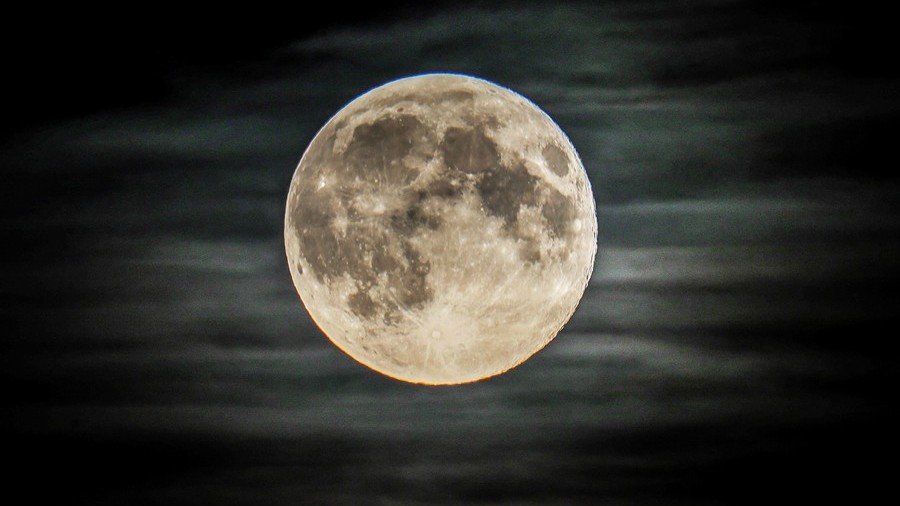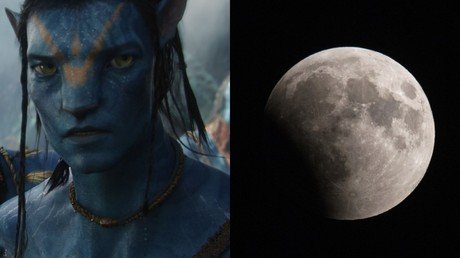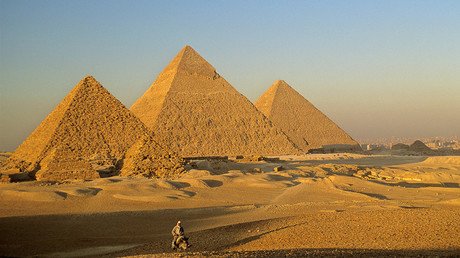Russian cosmonauts will walk on the moon in early 2030s

Russian cosmonauts will set foot on the moon for the first time in the early 2030s as part of an ambitious project to set up a base on the surface of Earth’s satellite, a roadmap by Russia’s spacecraft maker, Energia, revealed.
The landing will be preceded by a launch of an unmanned lunar module in the late 2020s, which may deliver the first components needed for the future base.
The Russian mission to the moon will last for 14 days, according to the Lunar Program roadmap, which was presented by the Energia corporation’s head designer, Evgeny Mikrin.
A Russian space station, built in the lunar orbit, may be employed to help bring cosmonauts to the surface.
Earlier in November, Dmitry Rogozin, head of Russian space agency Roscosmos, said that the country is planning to start building a base on the moon after 2025, with the project exceeding the US ‘Apollo’ program of the 1960s and 1970s in terms of scale.
The moon base will be inhabited by avatar robots, while the cosmonauts will only visit them from time to time, he said. The machines are unlikely to have the appearance of the tall, blue-colored aliens from James Cameron’s ‘Avatar,’ but – just like in the movie – they’ll be remotely controlled by human operators.
Elaborating on the details on Monday, Rogozin said that the sophisticated robots, currently being developed by Russia, will only be helpers for humans, and not a replacement.
The space boss firmly rebuffed “couch experts,” who according to him, often question the necessity of sending humans to space when it’s expensive and dangerous, while there are robots that can be controlled from Earth or make decisions on their own.
As an axiom, we believe that that only humans are capable of controlling their creation and carrying out fundamental scientific research.
Rogozin acknowledged that the space industry is among the leaders in robotics and that Roscosmos was developing “robots, including avatars.”
This line of work is “very important” because “there are operations, including those in outer space, where it makes sense to provide robot backup to humans,” he explained.
“But no supercomputer will ever be able to replace a human for one simple reason: the human isn’t just a lab worker, who services the machines. The human is a creator and a discoverer,” Rogozin said.
Another reason to use flesh-and-blood cosmonauts during missions is that humans in space are themselves a subject of scientific research, the Roscosmos chief added.
It was earlier reported that a Russian android robot, named FEDOR, will be on board Russia’s new reusable spacecraft ‘Federation’ (‘Federatsiya’), which is expected to launch in the early 2020s to replace the Soyuz vessels.
Like this story? Share it with a friend!














